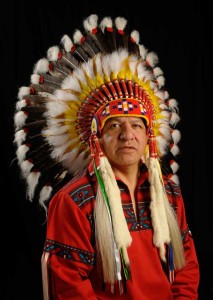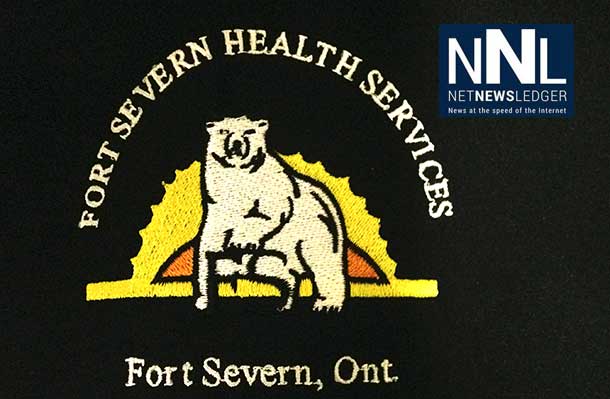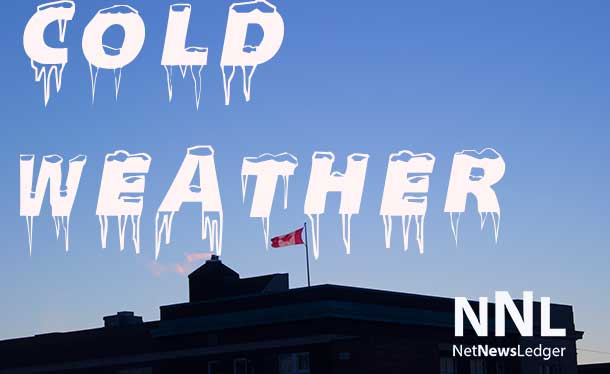
THUNDER BAY – NEWS – Nishnawbe Aski Nation (NAN) will pursue a new approach to fire safety and prevention following a tragic house fire that has claimed a life in Fort Severn First Nation on Monday – the fifth fatality in a house fire in a NAN community in recent weeks.
“Our thoughts and prayers are with the Fort Severn community as they grieve this terrible tragedy,” said NAN Grand Chief Harvey Yesno. “Too many people are dying, and it is time that the governments of Ontario and Canada, regional authorities, emergency service providers and other resources pull together in a meaningful way and shift the approach to these tragedies from crisis management to a comprehensive plan of preventative action.”
The fatality in the Fort Severn fire, which is still under investigation, comes just weeks after a February 13 house fire claimed the lives of four people in Mishkeegogamang First Nation. A State of Emergency was declared as the aftershock of that fire devastated the community and prompted calls for a NAN-wide approach to fire safety.
“The chronic lack of firefighting services and substandard housing in NAN First Nations is a deadly combination that has claimed far too many lives,” said Deputy Grand Chief Alvin Fiddler, who holds the justice portfolio. “Many homes do not meet building codes and rely on dangerous wood stoves for heat. House fires can quickly turn lethal when homes don’t even have smoke detectors or fire extinguishers and communities don’t have the equipment to respond.”

Tragic house fires are common in NAN First Nations. A fire in Wunnumin Lake First Nation in 2013 year claimed the lives of two children, aged six and one, and their 21-year old aunt. A fire in Nibinamik First Nation claimed the lives of two young boys (aged 2 & 3) and injured a third child in 2011.
House fires are especially devastating in remote communities where overcrowding is the norm and entire families are left homeless every time a home is lost.
A 2008 fire in Kashechewan First Nation left a family of 11 homeless after destroying the home of the late NAN Elder George Wesley, the father of Ricardo Wesley who died in a 2006 jail fire along with Jamie Goodwin. An inquest into the death of these 20-year-old men (the Kashechewan Inquest) garnered national attention on the inadequacies of community safety and firefighting resources in remote First Nations.
A federal study on fire safety on reserves in 2010 found that people living on First Nation reserves are 10 times more likely to die in a house fire than people in the rest of Canada.
Fort Severn First Nation is located on Hudson Bay and is the most northern community in Ontario. Mishkeegogamang is located approximately 320 kilometres northwest of Thunder Bay.
Twenty-six people have lost their lives in house fires in Mishkeegogamang since 1981.










